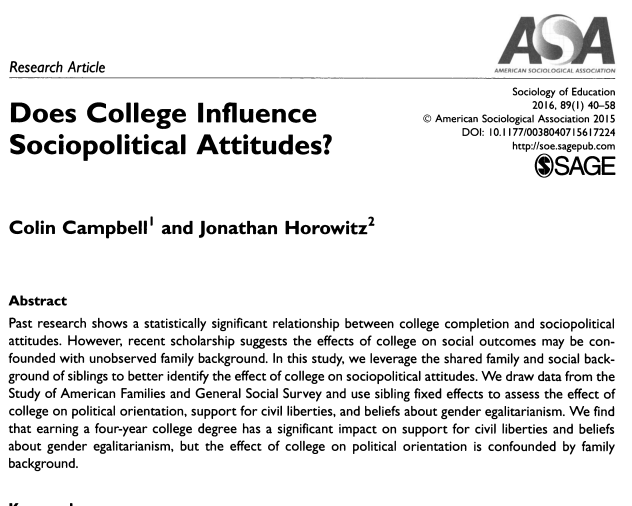The rise of Social Media as a Socialization Agent
For decades, television was a dominant force of socialization. Myriad research shows how dominant television, especially advertising has been and you can see more at this older post of mine here. However, over the last 10 years, online social media has increasingly played an increasing and incredible role in influencing people. For our next agent of socialization, we will examine social media and its role in socializing people.
Social media arguably has both positive and negative effects on society. Whether you want to focus on either of those, it is clear that social media has had a transformational effect on American society and it is a strong agent of socialization.
Positive Effects
One of the positive effects of social media is detailed in this research by Miller, et. al. about how social media provides an outlet for non-whites experiencing racial discrimination. From the introduction (full article here),
Racial coping can be understood through three main approaches: racial and ethnic identity development, social support, and confrontation and anger expression (Brondolo et al. 2009). We argue that social media allow these approaches to be carried on in the online sphere as a way to cope with both online and offline forms of discrimination. Thus, social media can be a site of expression for racial identity, a place where Black Americans and other communities come together to air grievances, seek support, and denounce those who oppress them. This is exactly what drives our research question: do those who experience higher levels of discrimination use more social media?
We argue that social media may be an additional outlet for coping with the negative effects of racial discrimination, as social media allows all aforementioned forms of coping, racial and ethnic identity development, social support, and confrontation and anger expression.
Social Dilemma
To explore the increasingly influential role that social media has, we will watch a documentary called The Social Dilemma. The Social Dilemma, available on Netflix and Youtube as well as across the web so you may be able to watch it on vimeo or watchdocumentaries.com or other places in case you didn't get to see it in class or you would like to watch it again.
As you watch, think about the dynamic between nature and nurture and how social media interacts with that. Look for ways that society is shaped by social media.
Film Summary
The Social Dilemma is a 2020 American docudrama that explores the rise of social media and the damage it has caused to society, focusing on its exploitation of its users for financial gain through surveillance capitalism and data mining, how its design is meant to nurture an addiction, its use in politics, its effect on mental health (including the mental health of adolescents and rising teen suicide rates), and its role in spreading conspiracy theories such as Pizzagate and aiding groups such as flat-earthers.
There are three distinct settings in the documentary:
- Real people from tech industry discussing social media and their first-hand knowledge/experience.
- A drama used to show an average family and how social media affects them.
- A dark room with three people which simulates the artificial intelligence at play behind the scenes.
Resources
Here is the website for the documentary.
Here is a full unedited transcript of the documentary from the website "scraps from the loft"
Here is my viewing guide which includes how to watch the documentary, what to do about it and the transcript edited down to important parts.
Here is a trailer available on Youtube, embedded below:












